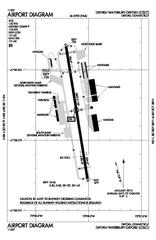The news was broken this morning (December 1, 2012) thanks to this tweet:
Historical day. Successful first flight for the European UCAV nEURONn today twitter.com/Steven__Strong…
— Stéphane Fort (@Steven__Strong) December 1, 2012
Dassault-Aviation released the news a few minutes later:
#DassaultAviation : Successful first flight for nEUROn dassault-aviation.com/en/aviation/pr…
— Dassault Aviation (@Dassault_OnAir) December 1, 2012
Le nEUROn a fait son premier vol / The nEUROn makes its maiden flight – © Dassault Aviation – R. Michelin twitter.com/Dassault_OnAir…
— Dassault Aviation (@Dassault_OnAir) December 1, 2012
The stealth drone demonstrator « nEUROn » designed by Dassault Aviation, performed her maiden flight this morning at Istres Dassault Flight Test Center.
Dassault along with DGA – French Defense Procurement Agency, and nEUROn customer – successfully conducted this first flight test of the European UCAV (Unmanned Combat Air Vehicle).
The nEUROn project FCAS (Future European fighter Combat Air System) , launched in 2005, involves France, Italy, Sweden, Spain, Greece and Switzerland. Some parts or elements of this aircraft – flight controls maybe – would come from the Dassault Falcon 7X.










